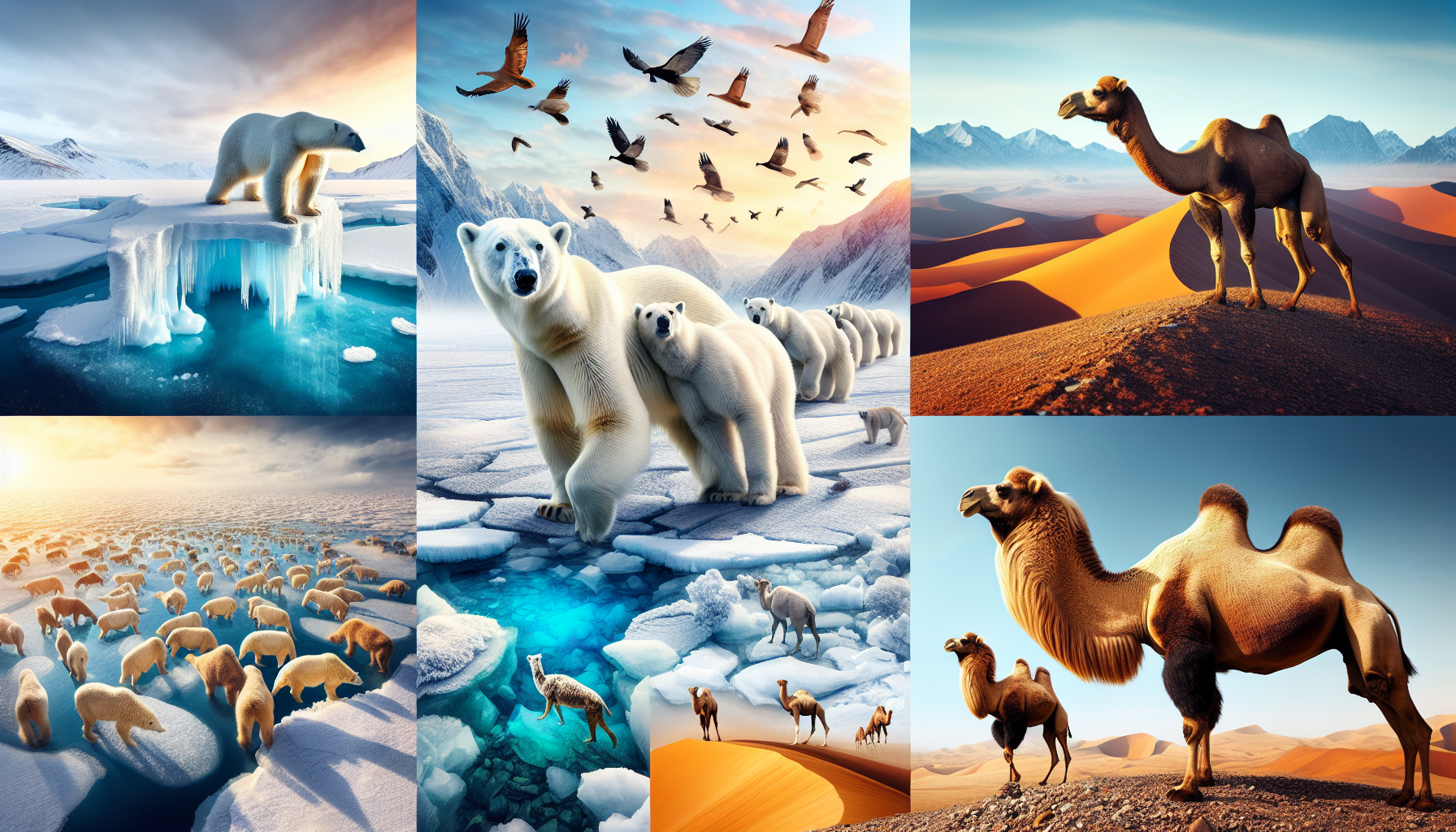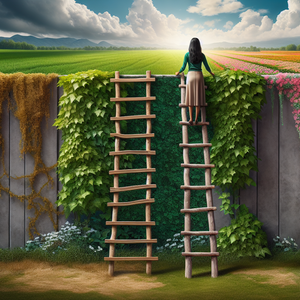The Art of Google Doodles: Celebrating Culture and History

The creation of a Google Doodle is a collaborative effort involving a diverse team of artists, engineers, and cultural historians. The journey begins with brainstorming sessions where team members propose events, figures, and anniversaries worthy of recognition. Once an idea is selected, the design phase takes flight, where artists sketch concepts and iterate on visual elements until a final design is achieved. As Ryan Germick, the creative lead for Google Doodles, puts it, "We want people to learn something new when they see the Doodle." This philosophy is evident in the variety of Doodles that have appeared on the Google homepage over the years. For example, a Doodle honoring the birthday of Albert Einstein not only celebrated his genius but also encouraged users to delve deeper into his contributions to science. The interactive nature of some Doodles further enhances their engagement. For instance, during the 2012 Olympics, Google created a Doodle that allowed users to play a mini-game of basketball, marrying entertainment with educational elements about the games and athletes.
Celebrating Cultural Milestones
One of the most notable aspects of Google Doodles is their ability to celebrate global diversity. By highlighting cultural events and influential figures from various backgrounds, Google fosters cultural awareness and appreciation. During the Olympics, for example, Google often showcases different sports and athletes from around the world, promoting unity and goodwill among users. In 2021, Google Doodles commemorated the 100th anniversary of the Tulsa Race Massacre, a significant yet often overlooked chapter in American history. By shining a light on such painful events, Google encourages discussions about social justice, historical recognition, and the importance of remembrance. Moreover, Doodles often reflect the cultural fabric of different countries, such as the celebration of Día de los Muertos in Mexico or International Women's Day. These Doodles serve as reminders of the rich tapestry of human experience while inviting users to learn more about the traditions and histories they represent.
Educational Value of Doodles
Beyond their artistic charm, Google Doodles serve a crucial educational purpose. Many Doodles come with links to articles, videos, and other resources that provide deeper insights into the subjects being celebrated. This transforms the simple act of seeing a Doodle into an opportunity for exploration and education. For example, when Google celebrated the 151st birthday of suffragist Susan B. Anthony, the accompanying Doodle linked to articles that detailed her significant contributions to women's rights and the suffrage movement. This not only informed users but also inspired them to engage with important social issues, fostering a more informed and socially conscious community.
Supporting Examples and Impact
Throughout its history, Google has released thousands of Doodles, each telling its own story. Some of the most memorable Doodles include the interactive 2012 Olympics Doodle and the 2018 tribute to the life and work of physicist Stephen Hawking, which featured an animated depiction of his contributions to science. These examples underscore Google's commitment to creativity, cultural representation, and educational outreach. By continuously innovating and adapting their Doodle designs, Google ensures relevance and engagement for users of all ages, making the experience of using their search engine more enriching.
The art of Google Doodles transcends mere decoration; it is a celebration of culture, history, and creativity. Through a thoughtful and inclusive creative process, Google has forged a platform that educates and inspires users around the globe. As we navigate an increasingly digital landscape, the importance of celebrating diversity and history through artistic expression remains paramount. Google Doodles not only honor the past but also encourage a more informed and culturally aware future for all. In doing so, they remind us of the power of art and innovation in shaping our understanding of the world.
Digital Artist (Google Doodle Specialist)
Google, tech startups focused on creative digital content
Core Responsibilities
Create visually compelling and culturally significant artwork for Google Doodles that resonate with global audiences.
Collaborate with cross-functional teams, including engineers and cultural historians, to develop interactive Doodles that educate and engage users.
Research historical events and figures to accurately represent diverse narratives in the artwork.
Required Skills
Proficiency in digital illustration tools (e.g., Adobe Creative Suite, Procreate).
Strong understanding of cultural history and sensitivity to diverse backgrounds.
Ability to work under tight deadlines while maintaining high-quality creative output.
UX/UI Designer (Interactive Doodles)
Tech companies, gaming studios, and educational software firms
Core Responsibilities
Design user-friendly interfaces for interactive Google Doodles, enhancing user engagement through intuitive navigation.
Conduct user testing and feedback sessions to iterate on designs that improve the overall user experience.
Collaborate with digital artists and developers to ensure seamless integration of design and functionality.
Required Skills
Extensive experience with UX/UI design principles and tools (e.g., Figma, Sketch).
Knowledge of HTML/CSS and JavaScript for prototyping interactive elements.
Strong portfolio showcasing previous interactive design projects.
Cultural Historian
Educational institutions, museums, and cultural organizations
Core Responsibilities
Research and curate content for Google Doodles that highlights significant cultural events and figures.
Provide historical context and insights to guide the artistic direction of Doodles.
Collaborate with artists and designers to ensure accuracy and sensitivity in representation.
Required Skills
Advanced degree in history, cultural studies, or a related field.
Strong analytical and research skills with a passion for storytelling.
Excellent communication skills to convey complex historical narratives in an engaging manner.
Content Strategist (Educational Outreach)
Tech companies, educational nonprofits, and media organizations
Core Responsibilities
Develop content strategies that enhance the educational impact of Google Doodles, linking to informative articles and resources.
Analyze user engagement metrics to refine content and improve educational outreach efforts.
Collaborate with the marketing team to promote Doodles and their educational themes across various platforms.
Required Skills
Strong background in content creation and digital marketing strategies.
Experience with data analytics tools (e.g., Google Analytics) to measure content effectiveness.
Excellent writing and editorial skills, with an emphasis on clarity and engagement.
Animation Director (Doodle Production)
Animation studios, tech companies with a focus on creative content, and advertising agencies
Core Responsibilities
Lead the animation team in creating dynamic and engaging animated Google Doodles that tell stories visually.
Oversee the entire animation process, from concept development to final execution, ensuring artistic integrity and alignment with project goals.
Mentor junior animators and provide constructive feedback to enhance overall team performance.
Required Skills
Expertise in animation software (e.g., After Effects, Blender) and a strong understanding of animation principles.
Proven experience managing animation projects and teams.
Strong storytelling skills to effectively convey messages through animated content.


